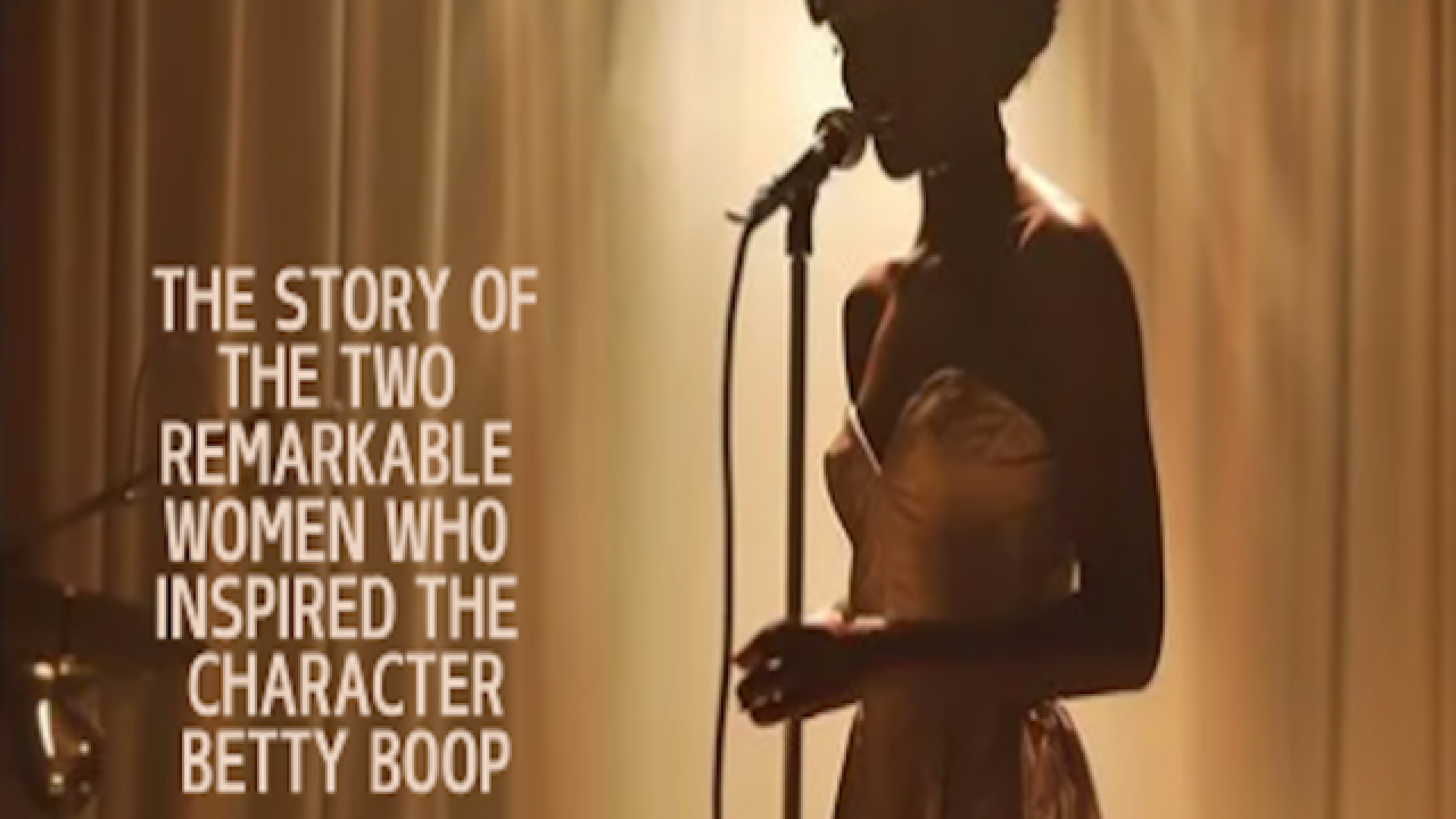Set against the vibrant backdrop of 1920s jazz and vaudeville, Boop vs Boop unveils the hidden story behind the creation of Betty Boop, one of the most iconic animated figures in pop culture. The film follows the rise and fall of Baby Esther Jones, a teenage jazz sensation whose “baby scat” singing style was stolen by vaudeville star Helen Kane. Helen’s version of Baby Esther’s style propelled her into stardom, but it also inspired the creation of Betty Boop leading to a controversial court case and a tragic downturn in Baby Esther’s life.
Escaping the trauma of childhood abuse at the hands of her manager, Esther flees to Paris, where she finds solace, love, and success performing for European royalty. Meanwhile, Helen’s career is in decline, and her legal battle over Betty Boop’s ownership reaches a climax. Esther's legacy re-emerges through a forgotten film reel that exposes the truth behind the famous "boop-boop-a-doop" sound, but Esther herself vanishes under mysterious circumstances, leaving behind a tantalizing and unresolved legacy.
Status
Boop vs Boop is currently in development with a script by T. Gordon Stanley, an award-winning screenwriter. A strong team is being assembled, including key crew interviews with Phyllis Bancroft (possible director), Victoria Theodore (composer), and Merv Warren (composer). Filming will take place in Quebec and Europe to leverage tax incentive programs.
Key Team
- Screenwriter: T. Gordon Stanley – Award-winning writer and filmmaker known for crafting complex stories about overlooked historical figures. www.tgordonstanley.com
- Possible Director: Phyllis Bancroft – Experienced director whose work spans genres and tackles challenging narratives.
- Possible Composers: Victoria Theodore and Merv Warren – Both well-known for their work in composing memorable and impactful film scores.
- Possible Costumer: Mark Bridges – Oscar-winning costume designer, noted for his work on The Artist and Phantom Thread.
Target Audience and Demographics
Boop vs Boop appeals to a wide range of audiences, particularly:
- Biopic and historical drama enthusiasts
- African American audiences interested in stories of cultural and historical significance
- Jazz and music lovers, especially fans of 1920s and 1930s-era music
- Fans of films like Lady Sings the Blues, Dreamgirls, La La Land, and The Great Gatsby
- A new generation of Betty Boop fans, inspired by recent discussions about her origins
Age Range: 18-65
Interests: Music, jazz, historical dramas, animation history, true stories, women's empowerment, social justice
Geographic Targeting
- Primary Markets: United States/Canada, France, United Kingdom
- Secondary Markets: Most of Europe
Shooting Locations
- Paris, France: Josephine Baker’s nightclub scene and performances for European royalty
- New York City, USA: The rise of Baby Esther and Helen Kane’s performances
- Berlin, Germany: Esther’s disappearance after her final performance
Unique Selling Points
- Boop vs Boop delves into a story rooted in cultural appropriation, hidden history, and the all-too-common story of a child star being abused by her manager.
- The enduring global fascination with Betty Boop offers a built-in audience eager to learn the real story behind the beloved character’s creation.
- The film’s strong female protagonist, Baby Esther, emerges as a symbol of resilience and healing.
- A captivating soundtrack combining 1920s jazz with contemporary music arrangements.
- A passionate love story between Esther and Henri
Celebrity Involvement
Potential casting includes Amandla Stenberg, Daelyanna Kelly Benson, and Alicia Keys for key roles, particularly the part of Baby Esther. European actors will be cast for roles related to the Parisian and Berlin storylines.
Similar Films
Boop vs Boop draws comparisons to Lady Sings the Blues, Dreamgirls, La La Land, and Baz Luhrmann’s The Great Gatsby, blending the allure of 1920s glamour with the dark reality behind the music industry’s exploitation of vulnerable artists.
